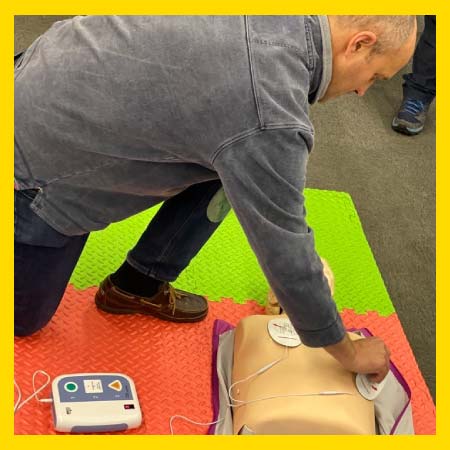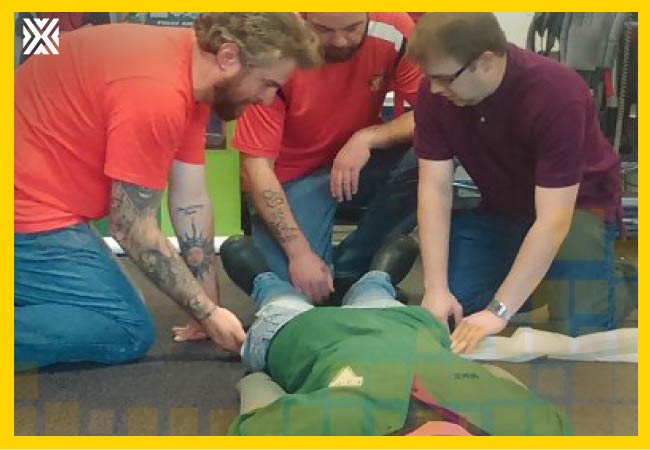Currency
March 07, 2020

Overview
Employers must make sure employees get immediate help if taken ill or injured at work.The law applies to every workplace and to the self-employed.
You must have:
Assess your first aid needs
What ‘adequate and appropriate’ first aid arrangements are depends on the work you do and where you do it. You’re best placed to understand the nature of your work, so you should assess what your first aid needs are.You must consider:
You might also consider:

Appoint someone to take charge of first aid
An appointed person is someone who is in charge of your first aid arrangements. This includes looking after the equipment, facilities and calling the emergency services.You can have more than one appointed person and they don’t need to have any formal training.
An appointed person must always be available whenever people are at work.
What to put in a first aid kit
The contents of your first aid kit should be based on your first aid needs assessment. As a guide, where work activities are low-risk (for example, desk-based work) a minimum first aid kit might contain:This is a suggested contents list.
If you are buying a kit look for British Standard (BS) 8599. By law, your kit doesn’t have to meet this standard but you should check it contains what you’ve identified in your needs assessment.
Maintaining or replacing contents of a first aid kit
Check your kit regularly. Many items, particularly sterile ones, are marked with expiry dates. Replace expired items, disposing of them safely. If a sterile item doesn’t have an expiry date, check with the manufacturer to find out how long it can be kept. For non-sterile items without dates, you should check that they are still fit for purpose.First aiders and training
You might decide that you need someone trained in first aid, sometimes known as a first aider.There are no hard and fast rules on how many trained first aiders you should have. It depends on the nature of your work and its location.
First aiders are trained by a competent training provider in:
First aid training
Use the findings of your first aid needs assessment to decide:Keep training up to date with regular refresher courses.
HSE approved first aid training
The only first aid training HSE approves is for specialists on offshore installations.Finding the right first aid training for your workplace
You’re responsible for making sure whoever trains your employees is competent.There are four types of provider to choose from. They offer:
First aid for homeworkers and co-working spaces
If your work is low-risk, such as desk-based work and you work in your own home, you don’t need any first aid equipment beyond normal domestic needs.If your work involves lots of driving, you may want to keep a first aid kit in your vehicle.
If you’re self-employed and based in a co-working space (shared workspace with other self-employed or employed workers) you’re legally responsible for your own first aid provision. However, you can make joint arrangements with the other occupiers. Usually, in a written agreement, one employer takes responsibility for first aid for all workers on the premises.









